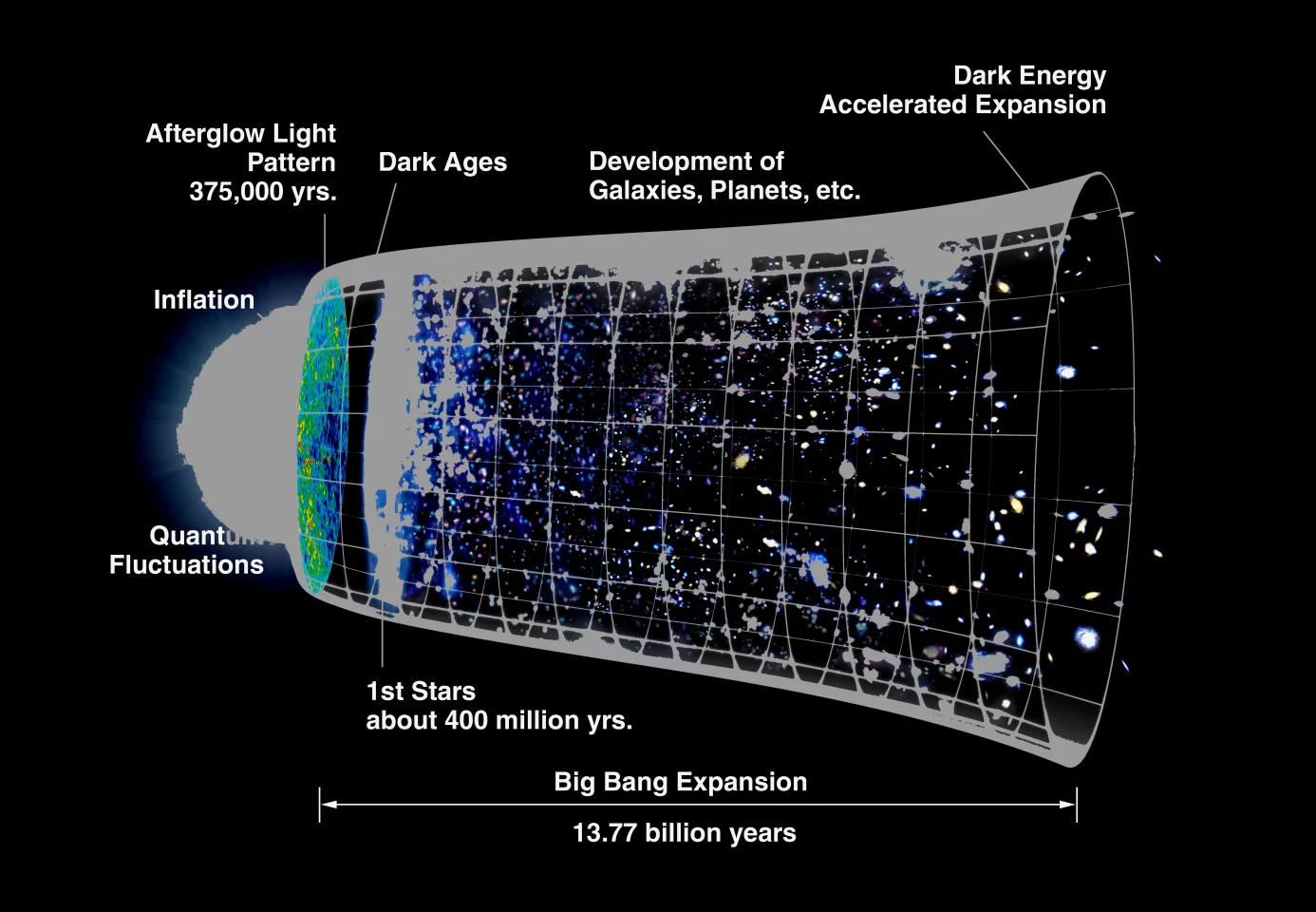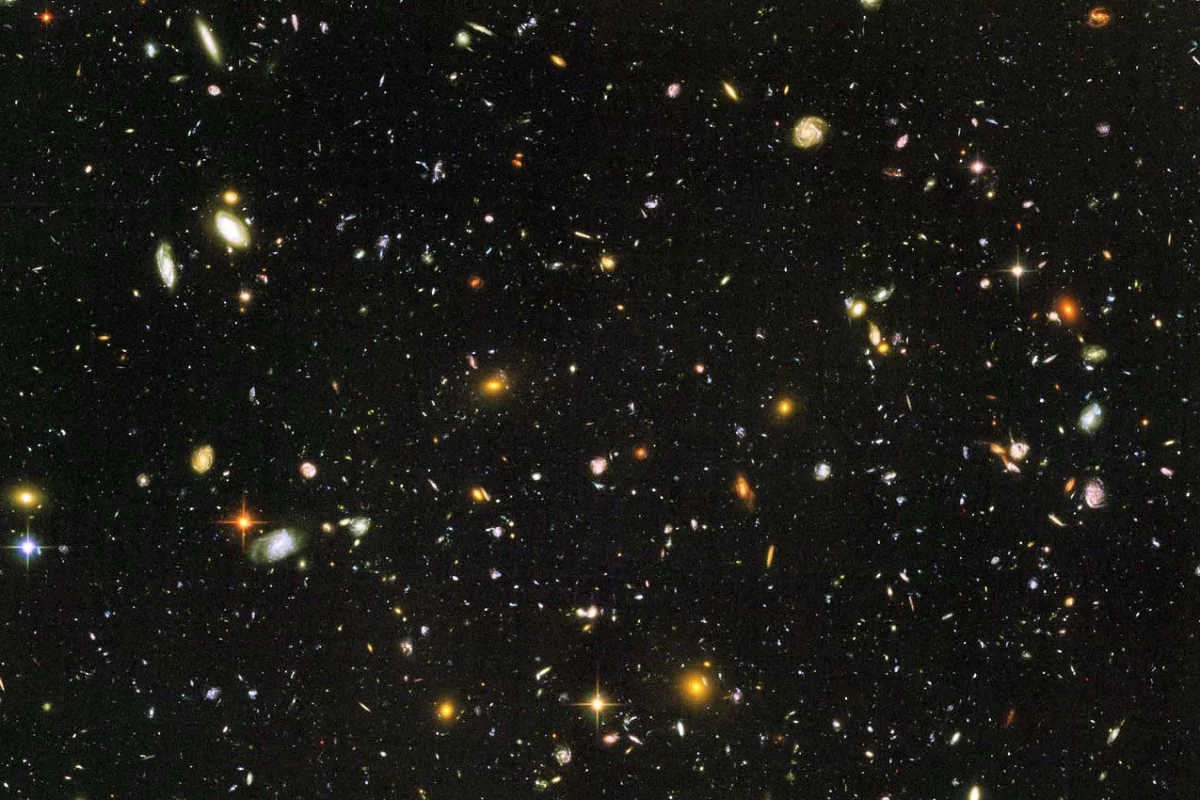It is dangerous to bet against Einstein. Cosmological research shows that the rate at which the Universe expands is increasing, rather than decreasing as had previously been thought. The concept of "dark energy" that provides a negative pressure within the structure of space was introduced to describe this acceleration. Now measurements of the proton to electron mass ratio (PEMR) over the past seven billion years strongly suggest that the common models of dark energy are far more contrived in explaining accelerating expansion than is Einstein's self-proclaimed "biggest blunder" – the cosmological constant.
The Standard Models of particle physics and of cosmology work surprisingly well. Some physicists would say distressingly well, as we are usually led toward new physics by the breaking down of our current understanding. Right now, however, there seem to be few experimental results that even hint there is new physics to be discovered.

One possible direction to take the search for new physics is into the past. There are certain quantities, such as the PEMR, which are considered fundamental. The values of the fundamental constants determine the laws of physics – change the number, and the laws of physics change. The Standard Model does not allow the fundamental constants to change, so if a change were observed in the past, the strong implication would be that new physics is out there waiting to be studied.
In the last six years or so, techniques have been developed to measure the PEMR far into the past. Last month, a group of European astronomers made the most accurate measurement of this ratio to date, showing there has been no change in the PEMR larger than one part in ten million in the past seven billion years.
A quick detour into cosmology
Einstein published his theory of general relativity in 1915. In 1922, Alexander Friedmann found a cosmological solution to Einstein's equations, a solution that was the basis for today's relativistic cosmology. However, Friedmann's solution allowed for expanding and contracting universes. Einstein had a philosophical bias toward the Universe being static on a large scale, so he introduced his cosmological constant to allow static universes to exist. However, his static universe was unstable, and in 1929 Edwin Hubble discovered that our Universe is expanding. Einstein then dropped the cosmological constant, calling it his "biggest blunder."Observations of supernovae in distant galaxies led to the 1988 conclusion that the expansion of the universe first observed by Hubble was accelerating. To explain this result, astrophysicists have invoked dark energy – a hypothetical form of energy that permeates all of space. Dark energy must have a negative pressure to produce the observed acceleration in the standard cosmological model, a rather bizarre notion suggesting that space repels itself.
(Un)-changing fundamental constants
Enter Professor Rodger Thompson of the University of Arizona's Astronomy department. He has been considering the effect of changes in the fundamental constants and how to observe such changes for nearly 40 years. Over the past six years or so, a number of highly precise measurements have been made of the change in the PEMR over cosmological times.
Thompson has recently been comparing the observed changes (or lack thereof, when error bars are included) of these proton-electron mass ratio observations with the parameters describing the application of dark energy models to a universe like our own. Now, based on a new and extremely accurate radio telescope study of PEMR variations, he announced at this month's American Astronomical Society meeting in California that virtually all models of dark energy also predict that the PEMR must change noticeably over cosmological times. As the observations show essentially no variation over a period of seven billion years, they exclude almost all of the common models of dark energy.
If the parameter space for acceptable dark energy models is displayed on a graph the size of a football field, the PEMR observations rule nearly the entire field out of bounds. There is a single credit card-sized region immediately surrounding the cosmological constant solution in which dark energy models could exist while producing so little variation in PEMR that they cannot be distinguished from Einstein's cosmological constant.
It would appear that Einstein's biggest blunder, which requires only one parameter to match the observed acceleration in the expansion of the Universe, is now leading the flock of models that purport to explain (or at least describe) accelerating expansion. Thompson expects that physicists and astronomers studying cosmology will adapt to the new field of play, but for now, "Einstein is in the catbird seat, waiting for everyone else to catch up."
Source: University of Arizona





